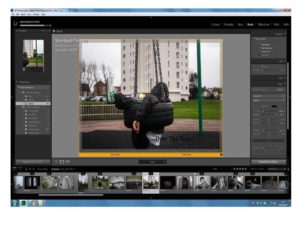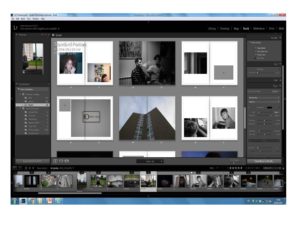Robert Clayton is an English photographer who is renown for his sole work on Estate from Lion Farm Estate in 1991. The estate near Birmingham was scheduled for a re-vamp when Clayton began to take photographs with the content of these images varying between portraits of residence or distant landscapes to show the sheer size of the complex. The renovation of the estate would consequent in the moving of residents, causing upset to the occupants of the estate, which is fundamentally what Clayton is capturing, along with the outdated accommodation that has become accustom to those who live there.
I selected Robert Clayton as my artist inspiration for his unique lens and investigation into lower-class British life, giving a balanced perception and not biased. He creates images which are both aesthetically pleasing and have covert meanings as the documentary approach exposes a way of life which not many are aware of. The work of Clayton coincides with my concept as he documents the lower social orders and their struggle of being rehoused, but by producing this book he would have illuminated the struggles the lower class undergo within society, hopefully reducing the stigma against them.

Robert Clayton appears to use a more stand-back, social documentary approach to his photography as there is a substantial distance between the photographer and the two main subjects. In the foreground of the image are the two main subjects which appears to be a mother and her young daughter, who presumably live on the estate, which fundamentally highlights the importance this complex provides. As well as the clothes, there are indications of the era that photograph was captured in as the small car in the background has an 80s-esque representation and the dominant telephone poles. Another factor to consider is the over-casting shadow which shades the majority of the right-hand side of them image, perhaps reflecting the government’s destructive yet constructive intervention with these people’s lives.










